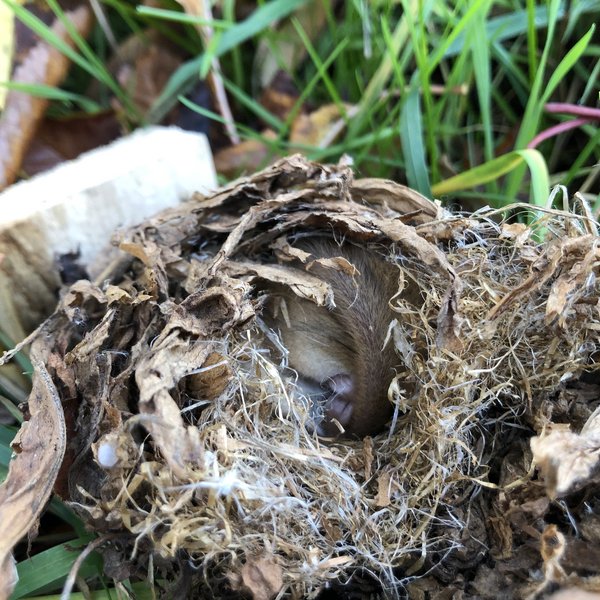Hazel dormouse mapping and concepts for measures
South of the Kiel Canal, BioConsult SH investigates populations of the hazel dormouse (Muscardinus avellanarius) in several smaller and larger project areas. Aim is to develop specific possibilities for action in case of interventions in the habitat of this species.
Hedgerows are the typical habitat of the hazel dormouse in Schleswig-Holstein
Like the edible dormouse, the hazel dormouse belongs to the group of dormice and is the only species of this family native to Schleswig-Holstein. The population in Schleswig-Holstein is located at the northwestern limit of the European range.
Here, the critically endangered species mainly lives in the hedgerows southeast of the Kiel Canal. The distribution often is small-scale. Hazel dormice show extensive site-fidelity and rarely move along the ground. Even gaps of more than 20 m in woody structures may be a barrier that is hard to cross. This species is therefore particularly vulnerable to changes of the habitat.
Methods and measures
To check for presence in the respective area, dormouse nest tubes are deployed in spring. These are occupied by the nocturnal animals in summer that can then easily be detected. The current condition of hedgerows in the area is documented additionally to determine the suitability as habitat for dormice.
If woody structures are fragmented or disturbed in areas with evidence of the presence of hazel dormice, a concept for measures to maintain hazel mouse habitats will be developed. The current condition of hedgerows in the area is documented to determine the suitability as habitat for dormice. The resulting targeted measures may include planting of suitable shrubs as supplementary food source and habitat and/or to close gaps as well as setting up of nest boxes.







